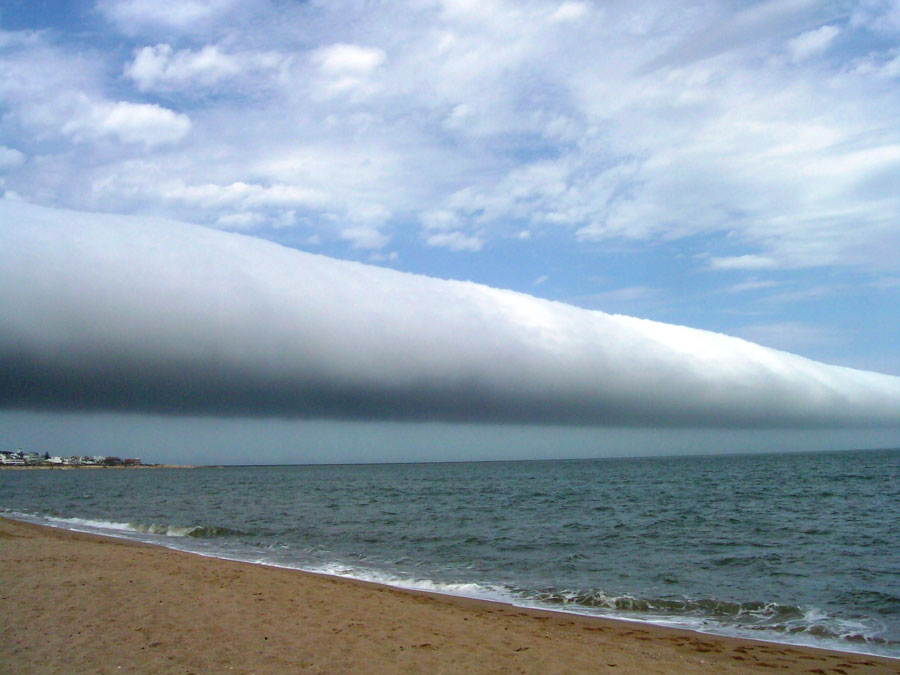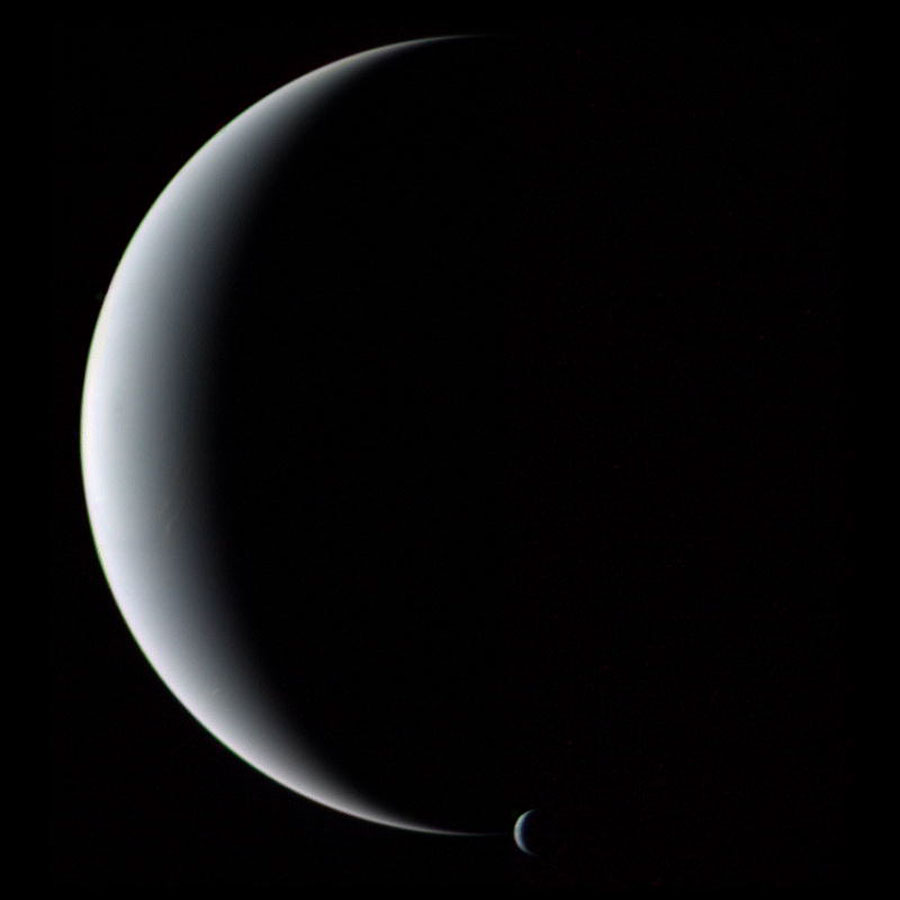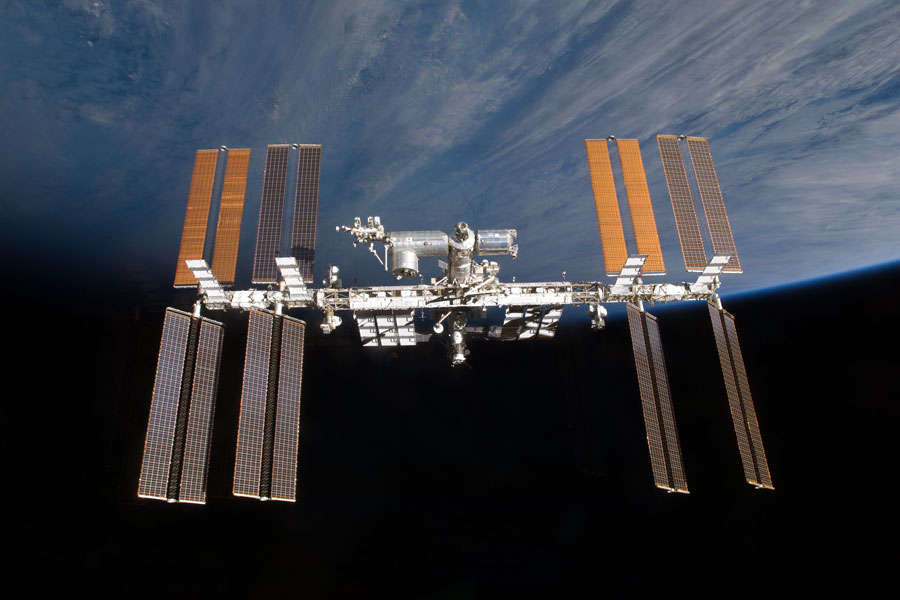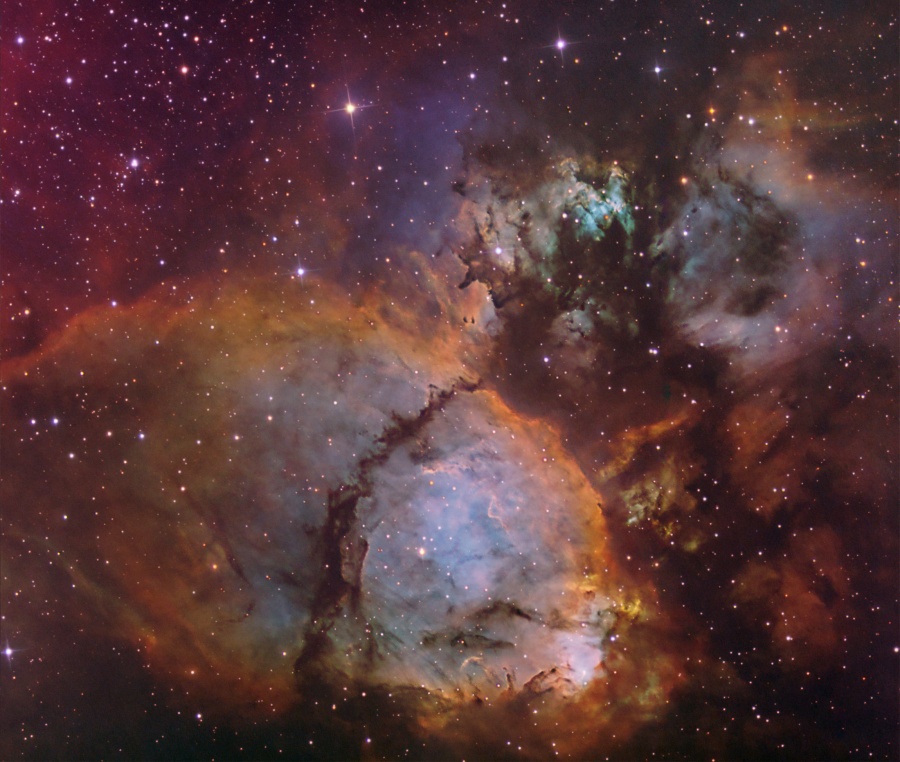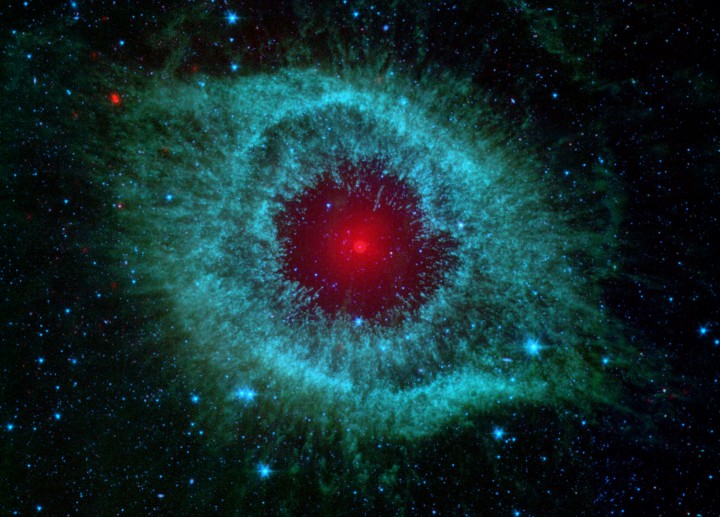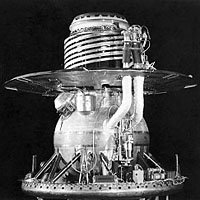






Last updates 2010 :
March 12th: last update Nike-pages, now 200 pics.
Click-right on each link and open a new window.
This Fortunecity-editor sucks!

Me, some 20 odd years ago in Amstelpark



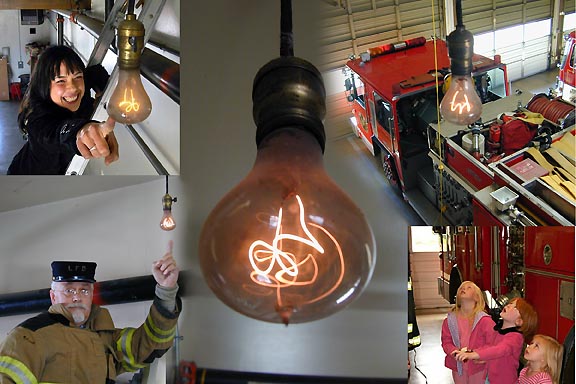

Credit & Copyright: Daniela Mirner Eberl
Explanation: What kind of cloud is this? A roll cloud. These rare long clouds may form near advancing cold fronts. In particular, a downdraft from an advancing storm front can cause moist warm air to rise, cool below its dew point, and so form a cloud. When this happens uniformly along an extended front, a roll cloud may form. Roll clouds may actually have air circulating along the long horizontal axis of the cloud. A roll cloud is not thought to be able to morph into a tornado. Unlike a similar shelf cloud, a roll cloud, a type of Arcus cloud, is completely detached from their parent cumulonimbus cloud. Pictured above, a roll cloud extends far into the distance in 2009 January above Las Olas Beach in Maldonado, Uruguay.
Explanation: Gliding silently through the outer Solar System, the Voyager 2 spacecraft camera captured Neptune and Triton together in crescent phase in 1989. The above picture of the gas giant planet and its cloudy moon was taken from behind just after closest approach. It could not have been taken from Earth because Neptune never shows a crescent phase to sunward Earth. The unusual vantage point also robs Neptune of its familiar blue hue, as sunlight seen from here is scattered forward, and so is reddened like the setting Sun. Neptune is smaller but more massive than Uranus, has several dark rings, and emits more light than it receives from the Sun.
The International Space Station Over the Horizon
Credit: STS-129 Crew, Expedition 21 Crew, NASA
Explanation: This was home. Just over a week ago, the STS-129 crew of the Space Shuttle Atlantis undocked from the International Space Station (ISS) and returned to Earth. As the shuttle departed the space station, they took the above image. Visible on the ISS are numerous modules, trusses, and long wing-like solar panels. The space shuttle crew spent almost 12 days calling the space station home. The shuttle crew resupplied the space station and delivered valuable spare parts. The ISS continues to be home for five astronauts of Expedition 21. The ISS's crew now includes astronauts representing NASA, the European Space Agency, the Russian Federal Space Agency, and the Canadian Space Agency.
Explanation: This colorful cosmic portrait features glowing gas and dark dust clouds in IC 1795, a star forming region in the northern constellation Cassiopeia. The nebula's colors were created by adopting the Hubble false-color palette for mapping narrow emission from oxygen, hydrogen, and sulfur atoms to blue, green and red colors, and further blending the data with images of the region recorded through broadband filters. Not far on the sky from the famous Double Star Cluster in Perseus, IC 1795 is itself located next to IC 1805, the Heart Nebula, as part of a complex of star forming regions that lie at the edge of a large molecular cloud. Located just over 6,000 light-years away, the larger star forming complex sprawls along the Perseus spiral arm of our Milky Way Galaxy. At that distance, this picture would span about 70 light-years across IC 1795.
Explanation: Dust makes this cosmic eye look red. The eerie Spitzer Space Telescope image shows infrared radiation from the well-studied Helix Nebula (NGC 7293) a mere 700 light-years away in the constellation Aquarius. The two light-year diameter shroud of dust and gas around a central white dwarf has long been considered an excellent example of a planetary nebula, representing the final stages in the evolution of a sun-like star. But the Spitzer data show the nebula's central star itself is immersed in a surprisingly bright infrared glow. Models suggest the glow is produced by a dust debris disk. Even though the nebular material was ejected from the star many thousands of years ago, the close-in dust could be generated by collisions in a reservoir of objects analogous to our own solar system's Kuiper Belt or cometary Oort cloud. Formed in the distant planetary system, the comet-like bodies would have otherwise survived even the dramatic late stages of the star's evolution.
Dec. 23rd:
http://www.nasa.gov/multimedia/imagegallery/image_feature_1549.html

At the peak of the northern winter, more than 40 percent of the Earth’s land will be covered in snow.
Some birds:


IJsvogel

Koolmees

Roodborstje (Robin)

Uil

Vlaamse Gaai




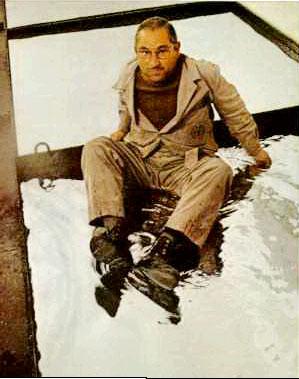


wij planten een boom.
Het Hollandse landschap wordt kaler en kaler. Door een certificaat van slechts €10 te kopen of cadeau te doen, kunnen wij nieuwe bomen aanplanten. Zo helpt u mee ons landschap weer rijker en aantrekkelijker te maken.





























Sukhoi 27 - Cobra manouver


